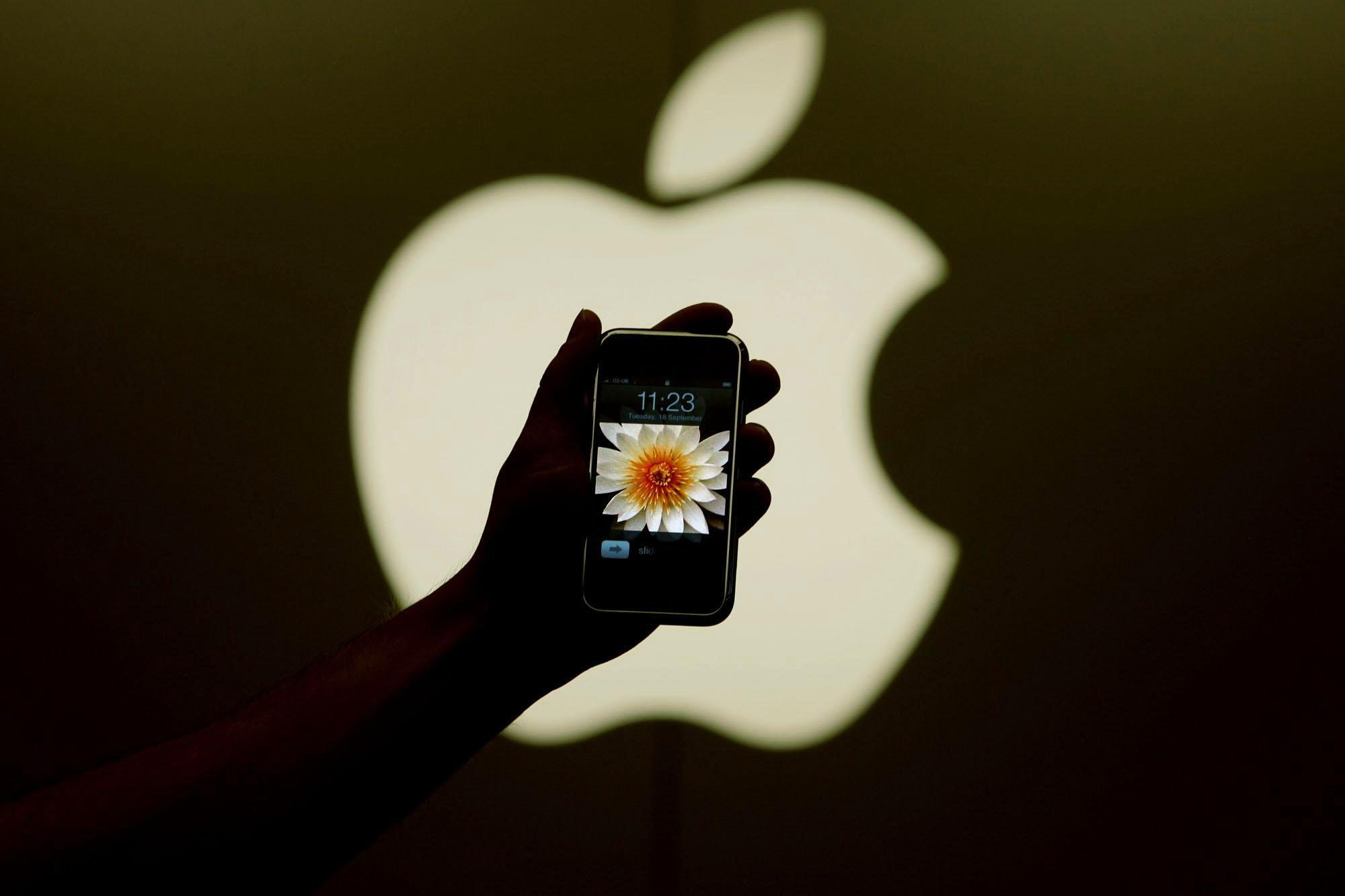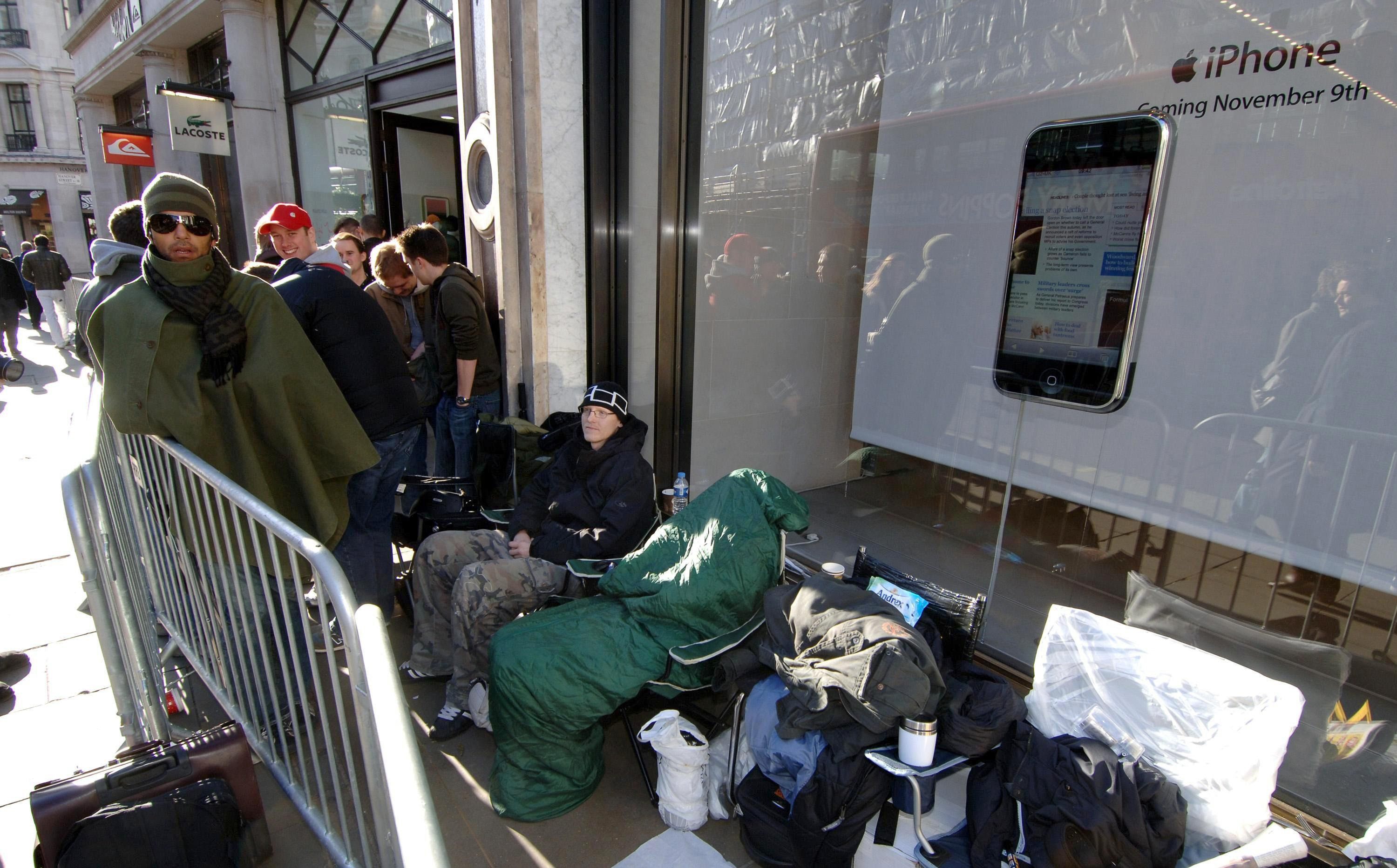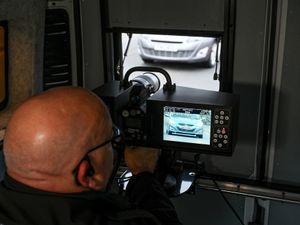What’s it like to live with an original iPhone 10 years on?
One of the biggest tech releases of 2017 was the iPhone X – but can you still get by using the original iPhone?

Apple changed the way we interact with computers 10 years ago with the launch of the original iPhone.
It kickstarted the smartphone revolution, led to the app economy, and its social and technological implications are still being understood and interpreted today.
With the iPhone X touting features such as a bezel-free display and FaceID, how far has the technology progressed in one decade? Spending a week with the original iPhone seemed the best way to find out.

Its aluminium back may be scratched but after a few hours charging, my iPhone sprang to life eight years after I last used it with that still familiar white Apple logo on a black background producing a recognisable thrill.
As the home screen apps went through the familiar loading animation, it was immediately comforting and familiar.
But why was everything so fuzzy and out of focus? Well, with a resolution of 320×480 and 163 pixels per inch, you can, as one app developer pointed out, fit the entire screen of the original iPhone across just two icons of the iPhone X.
It’s easy to take the pin-sharp displays we have today for granted, but it’s only when you go back 10 years to a screen that once impressed everyone that you realise the speed of progress.
It’s hard to overestimate how massive the iPhone felt, and just how split the waiting public was between expectation and believing it was pure hype.
In 2017, what’s most surprising is how little some things have really changed: the screens of app icons, the democratisation of computing through multi-touch, the power of the app to surprise and delight, the mobile web realised almost fully, the clarity of purpose that lay behind so many of the thousands of design decisions made by a team which had so few reference points.
From a standing start the engineers at Apple invented much of what we take for granted in mobile devices today in their first product.
However, while it was wildly innovative at the time, using an iPhone as my go-to device for a week felt like wading through concrete.
The original iPhone could only use 2G networks, despite the availability of 3G devices from competitors. So loading a web page, in my case the front page of BBC News, took over two minutes, and even then was missing some elements that the decade-old browser Safari didn’t know what to do with.

Everything felt agonisingly slow – is it because we’ve become accustomed to a speedy web powered by 4G and superfast broadband, or were web pages themselves smaller back then?
It’s both – in 10 years the web has got richer, more visual and the mobile pages that were deliberately simpler and smaller have long size been shut down in favour of responsive pages that work beautifully on everything from a smartphone to a 4K television.
So using the device for the mobile web is pretty much impossible. What about apps?
Well, while the app store launched as it should, there were no apps that will now work on the device. The hardware is too slow, the OS version too dated. Apple doesn’t offer any sort of filter in the app store to find apps that work on older devices.
Even YouTube, which shipped as a default app with the device, was now broken, by design, by Google which stopped supporting the format used on Apple’s original device.
Google Maps still worked, but the original iPhone had no GPS. A clever use of cell tower triangulation still offers a pseudo location tracking function. But be warned – it took an age to load a map on the device and you’d be quicker finding a shop selling Ordnance Survey paper maps.
It’s also worth remembering the original iPhone didn’t even have an app store – Apple only introduced the app store a year after the device launched.

There was no wireless syncing and forget about using Netflix or Spotify – the device is too old to support them.
With only 8GB storage, if you still have any iTunes-bought music on your computer you’ll probably have to make some difficult decisions about which tracks to move across and transferring them took an age.
Of course they still play, still sound fine, but having a limitation on what I could listen to versus the near infinite choice of Spotify felt decidedly odd. We are certainly a generation with too much choice.
The original iPhone also helped kickstart the phone camera revolution. More than half of photos uploaded to the Flickr photo-sharing website in 2017 were taken on an iPhone.
Today’s smartphone photographs can rival images taken on a DSLR camera, but images taken on the original iPhone looked closer to a pinhole camera today.
In good light images can be impressive, but that’s true of almost any camera. Most were blurry, fuzzy and far from the images of perfection we expect to post on Instagram today.

But should it be as broken as it is? While my 14-year-old car has rattles today that weren’t there when I bought it, I can still be sure it gets me from A to B safely. It may be an unfair comparison but the longevity of our consumer electronics is painfully short in comparison to mechanical technologies.
The reality is there is absolutely no utility to my use of the original iPhone other than to inspire pangs of nostalgia.
It changed the world and the world kept changing.





